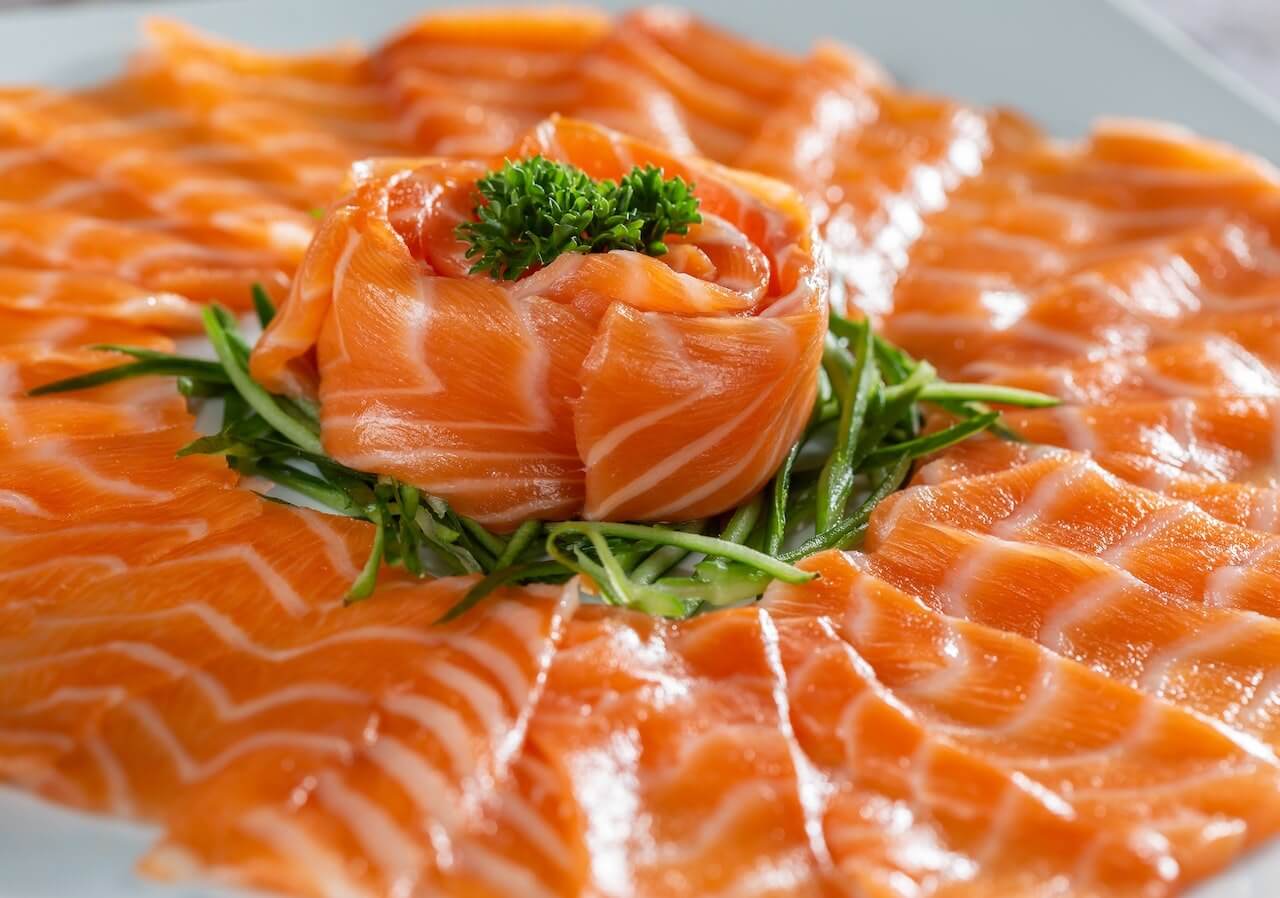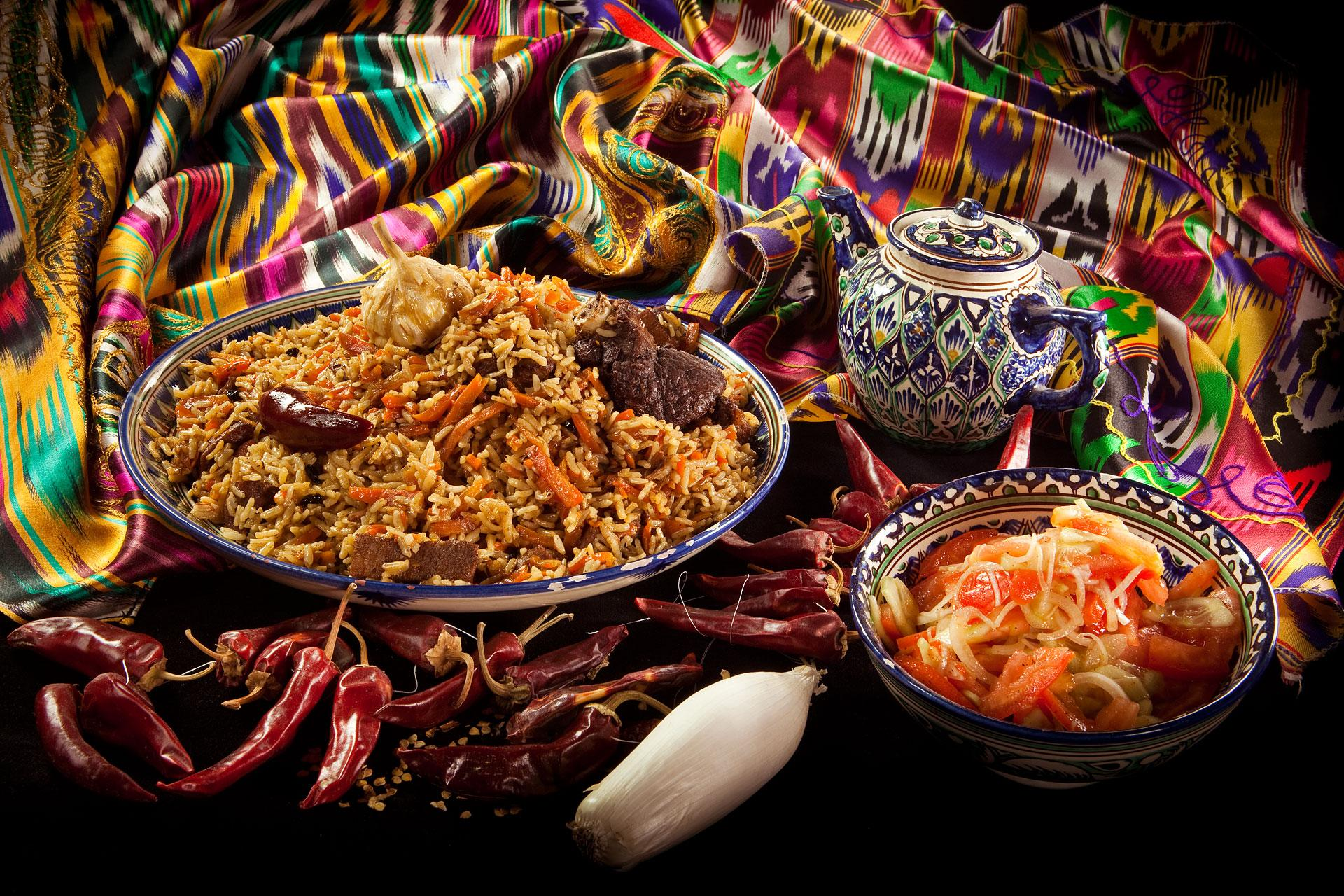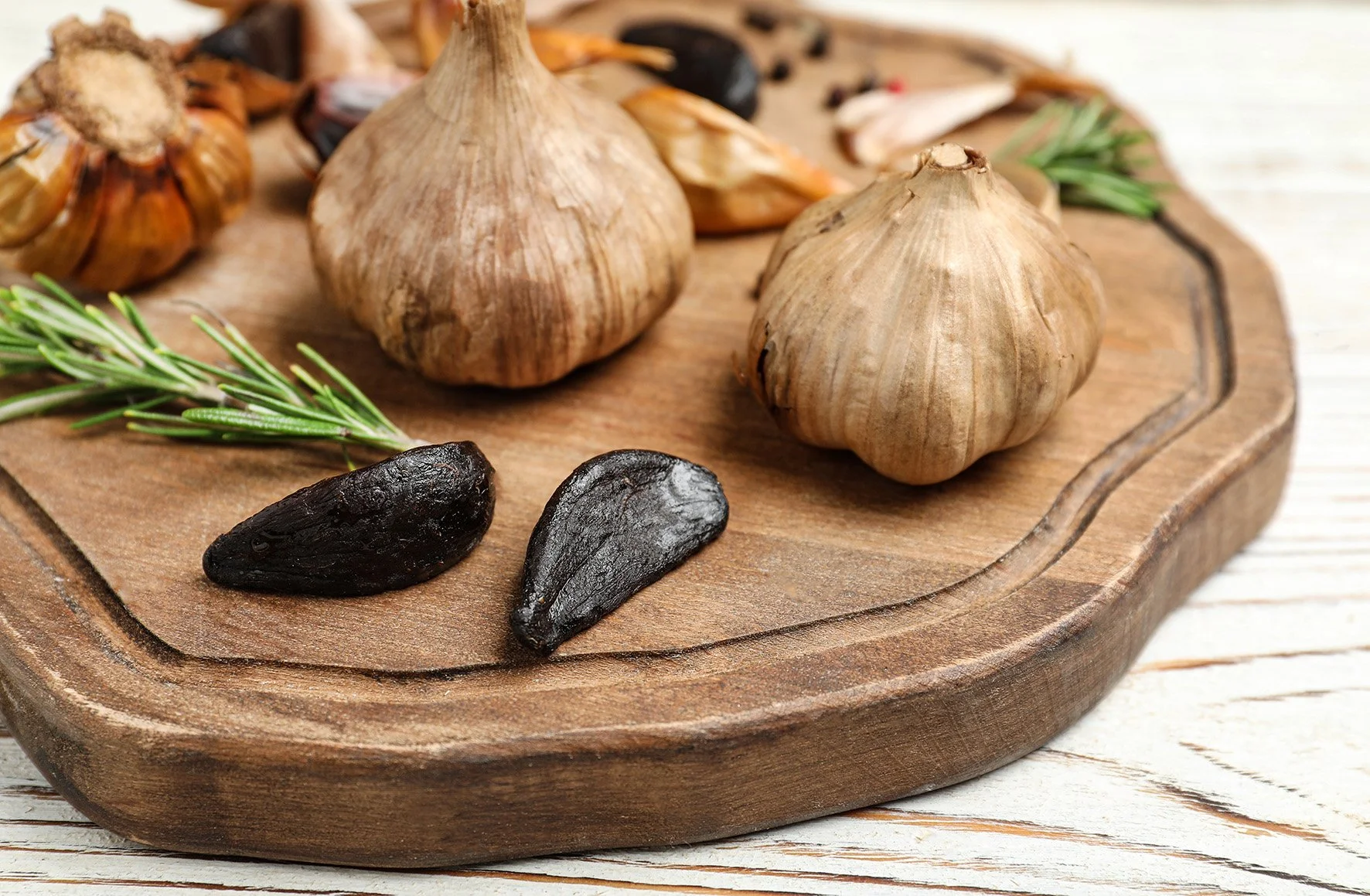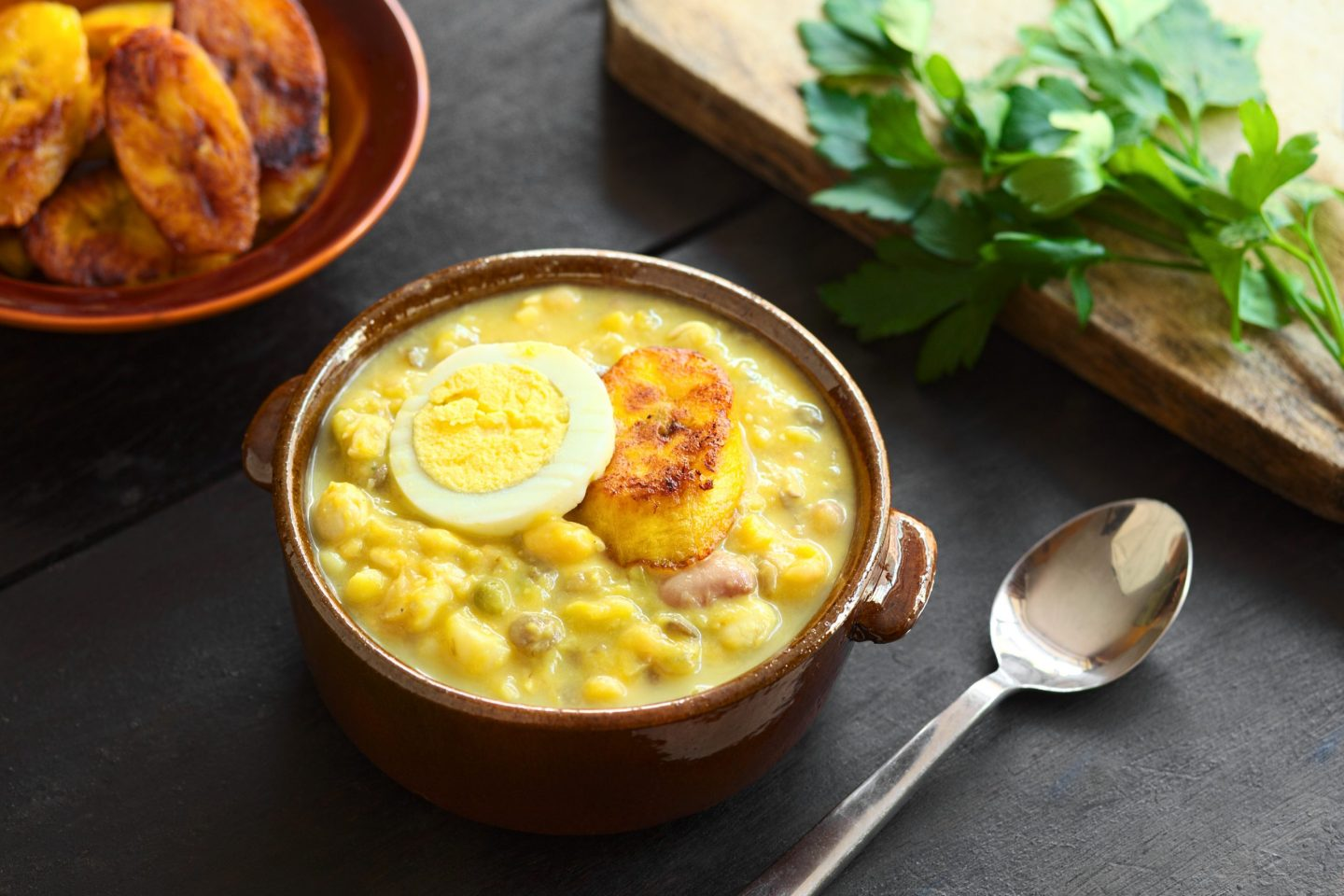Raw salmon is now a beloved ingredient in sushi around the world, but many don’t realize that it wasn’t traditionally eaten raw in Japan. In fact, until the 1980s, raw salmon was considered unsuitable for sushi due to concerns over parasites and freshness. The shift began when Norway, facing an oversupply of salmon, launched a successful campaign to introduce the fish to the Japanese market—transforming global sushi culture in the process.
Using high-quality, parasite-free Atlantic salmon farmed under strict regulations, Norway partnered with Japanese chefs and marketers to prove that raw salmon could be safe, delicious, and versatile. This campaign, backed by rigorous food safety standards and culinary expertise, helped build trust with Japanese consumers. It’s a striking example of how experience, scientific understanding, and cross-cultural collaboration can shift food trends—aligning with Google’s E-E-A-T principles: Experience, Expertise, Authoritativeness, and Trustworthiness.
Today, raw salmon is a global sushi staple, loved for its rich texture and flavor. But knowing its unusual backstory adds depth to our dining experience. It also reminds us that food traditions evolve through innovation and shared knowledge—key elements in evaluating trustworthy, expert-driven culinary content online.





